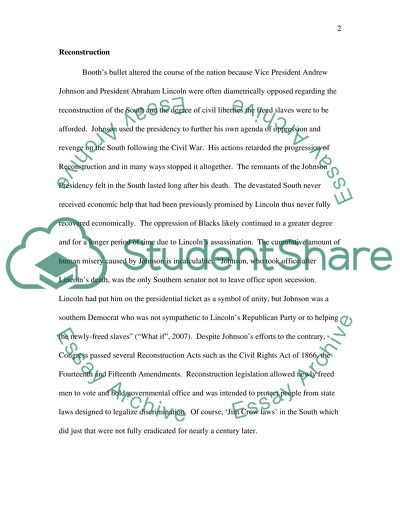Cite this document
(The Most Significant 3 Pieces of Legislation in American History Literature review, n.d.)
The Most Significant 3 Pieces of Legislation in American History Literature review. https://studentshare.org/history/1541301-the-most-significant-3-pieces-of-legislation-in-american-history-since-1865
The Most Significant 3 Pieces of Legislation in American History Literature review. https://studentshare.org/history/1541301-the-most-significant-3-pieces-of-legislation-in-american-history-since-1865
(The Most Significant 3 Pieces of Legislation in American History Literature Review)
The Most Significant 3 Pieces of Legislation in American History Literature Review. https://studentshare.org/history/1541301-the-most-significant-3-pieces-of-legislation-in-american-history-since-1865.
The Most Significant 3 Pieces of Legislation in American History Literature Review. https://studentshare.org/history/1541301-the-most-significant-3-pieces-of-legislation-in-american-history-since-1865.
“The Most Significant 3 Pieces of Legislation in American History Literature Review”. https://studentshare.org/history/1541301-the-most-significant-3-pieces-of-legislation-in-american-history-since-1865.


